Notice
Brève histoire du web
- document 1 document 2 document 3
- niveau 1 niveau 2 niveau 3
Descriptif
Dans ce premier chapitre, nous allons voir comment nous sommes passés d'un Web documentaire à un Web de données. On va donc commencer par une brève histoire du Web pour voir d'où nous venons.
Intervention / Responsable scientifique
Thème
Documentation
Documents pédagogiques
POINTEURS ET RÉFÉRENCES
- Article "As We May Think", Vannevar Bush, The Atlantic, Juillet 1945
- Article "Complex information processing: a file structure for the complex, the changing and the indeterminate", T. H. Nelson, ACM '65 Proceedings of the 1965 20th national conference
- Rapport "Information Management: A Proposal", Tim Berners-Lee, CERN March 1989, May 1990 (HTML)
Dans la même collection
-
Séparation du fond et de la forme
GandonFabienFaronCatherineCorbyOlivierOn vient de voir qu'en standardisant différents composants de l'architecture du Web, on allait s'assurer de l'intéropérabilité entre les clients et les serveurs sur le Web. On va maintenant regarder
-
Principes des données liées
GandonFabienFaronCatherineCorbyOlivierRésumons-nous. Nous avons vu deux tendances : une tendance à séparer le fond de la forme et donc à se doter de moyens d'échanger des documents et des données avec la structure que l'on veut, une
-
Standards et déploiement
GandonFabienFaronCatherineCorbyOlivierNous venons de voir les principes architecturaux du Web que l'on va adapter par la suite pour échanger des données liées. Mais ce qui est très important aussi dans ces principes, c'est leur
-
Démos d'un Web de données liées
GandonFabienFaronCatherineCorbyOlivierLes documentaires animaliers sur le site web de la BBC Le site Web de la BBC est structuré et augmenté par le Web de Données. En particulier la catégorisation des animaux pour organiser les
-
De la page à la ressource
GandonFabienFaronCatherineCorbyOlivierNous venons de voir comment, à partir du milieu des années 90, le Web a permis de séparer le fond de la forme et notamment comment on a permis de représenter n'importe quel type de document ou de
-
Principes architecturaux
GandonFabienFaronCatherineCorbyOlivierIntéressons-nous aux principes architecturaux du Web notamment dans l'optique de voir comment on va les adpater pour aller vers un Web de données liées.
-
La pile de standardisation
GandonFabienFaronCatherineCorbyOlivierNous allons conclure ce premier chapitre en regardant la pile des standards qui va nous permettre de publier, d'interroger, de raisonner, de suivre, de tracer les différentes données sur le Web. Cette
Avec les mêmes intervenants et intervenantes
-
3. Serialization Syntaxes
GandonFabienFaronCatherineCorbyOlivierWe saw in the previous sequence the principles of the RDF model by using an abstract syntax. This sequence will present you the
-
6. Results and Update
GandonFabienFaronCatherineCorbyOlivierIn the last part, we will see the result format and Update query. The format of SPARQL query results are also standardized by the
-
Demos about Integration with Other Data Formats and Sources
GandonFabienFaronCatherineCorbyOlivierAugmenting Web browser with data in the pages This demonstration show an extension to the browser called Operator. This extension allows the browser to actually look at the data inside the page
-
Demos about The RDF Data Model
GandonFabienFaronCatherineCorbyOlivierValidating and translating RDF data The W3C RDF validation service checks the validity of RDF statements in the RDF/XML syntax and, in the case where these statements are valid, it displays
-
2. Separating Presentation and Content
GandonFabienFaronCatherineCorbyOlivierWe now consider one of the first evolutions of the web, to separate the presentation and the content. In 1996, CSS, standing for
-
6.Naming graphs
GandonFabienFaronCatherineCorbyOlivierThis sequence explain how to name graphs in the RDF model and what is the utility of it. In many applications it is very useful to be
-
1. RDFa: an RDF syntax inside HTML
GandonFabienFaronCatherineCorbyOlivierThe idea of the integration of the web of linked data with other data formats and sources is determined by the fact that the Web is evolving towards all forms of
-
Demos about a Web of Linked data
GandonFabienFaronCatherineCorbyOlivierThe BBC Web site uses linked (open) data The Wildlife documentary catalog on the Web site of BBC The Web site of BBC is structured and augmented with both internal and public linked data. In
-
1. Describing resources
GandonFabienFaronCatherineCorbyOlivierIn this second part we will focus on RDF. RDF is the first brick of the Semantic Web Standards Stack and comprises both a model and several serialization syntaxes, to publish data about anything on
-
3.Filter, Constraint and Function
GandonFabienFaronCatherineCorbyOlivierIn the third part, we will see the filters, constraints and functions. It is possible to filter the results of query using
-
5. R2RML: integration with databases
GandonFabienFaronCatherineCorbyOlivierR2RML allows us to integrate data from databases into RDF. There are two ways of transforming a relational database into RDF using R2RML.
-
4. Values, Types and Languages
GandonFabienFaronCatherineCorbyOlivierThis sequence is about the specificities of the RDF model related to typing literal values and resources in an RDF graph and indicating the
Sur le même thème
-
Participation et citoyenneté en régime numérique : vers de nouvelles dynamiques de recherche ? Vidé…
BoutéÉdouardMabiClémentLupoviciRaphaëlMichelLouiseDilé-ToustouJulesAubertRomainMobilisées en politique depuis plusieurs décennies (Vedel, 2006), les technologies de l’information et de la communication numérique (TICN), et notamment internet et le web connaissent au tournant des
-
Participation et citoyenneté en régime numérique : vers de nouvelles dynamiques de recherche ? Vide…
BoutéÉdouardDespontin LefèvreIrèneMabiClémentLupoviciRaphaëlMichelLouiseMobilisées en politique depuis plusieurs décennies (Vedel, 2006), les technologies de l’information et de la communication numérique (TICN), et notamment internet et le web connaissent au tournant des
-
L'art contemporain en temps de confinement
GirelSylviaLe 14 mars 2020 tous les lieux d’exposition sont sommés par décret de fermer leurs portes. L’art contemporain n’y échappe pas et comme la majorité des secteurs d’activités en France ce sera plusieurs
-
Controverses et médiatisation autour du halal
RigoniIsabelleSéance : Controverses et médiatisation " Vous avez dit halal ? " Normativités islamiques, mondialisation et sécularisation Colloque international, 7-8 novembre 2013, IISMM-EHESS, Salle Claude Lévi
-
Contourner la frontière par la toile. La fabrique d’un territoire communautaire par les nouvelles t…
MerzaEleonorePalestiniens et Israéliens deux décennies après Oslo : anatomie, vécus et mouvements d'une séparation Colloque du 17, 18 et 19 Février 2011, Maison méditerranéenne des sciences de l'homme, Aix-en
-
-
-
[COLLOQUE] FrenchTech Grande Provence and LIAvignon : L’IA de demain 2em partie
L’IA doit être éthique mais peut-elle être bienveillante ?
-
[COLLOQUE] Festival de l’intelligence artificielle Avignon 2021 table ronde 2
FESTIVAL de L’intelligence Artificielle le 18 et 19 Novembre 2021
-
[COLLOQUE] FrenchTech Grande Provence and LIAvignon : L’IA de demain
FESTIVAL de L’intelligence Artificielle le 18 et 19 Novembre2021
-
[COLLOQUE] Festival de l’intelligence artificielle Avignon 2021 table ronde 1
FESTIVAL de L’intelligence Artificielle le 18 et 19 Novembre 2021
-
[COLLOQUE] Festival de l’intelligence artificielle Avignon 2021 - Les assistants personnels vocaux,…
FESTIVAL de L’intelligence Artificielle le 18 et 19 Novembre 2021. Table ronde 3. Les assistants personnels vocaux, généralistes ou spécifiques ? Jusqu’où personnaliser les services ?





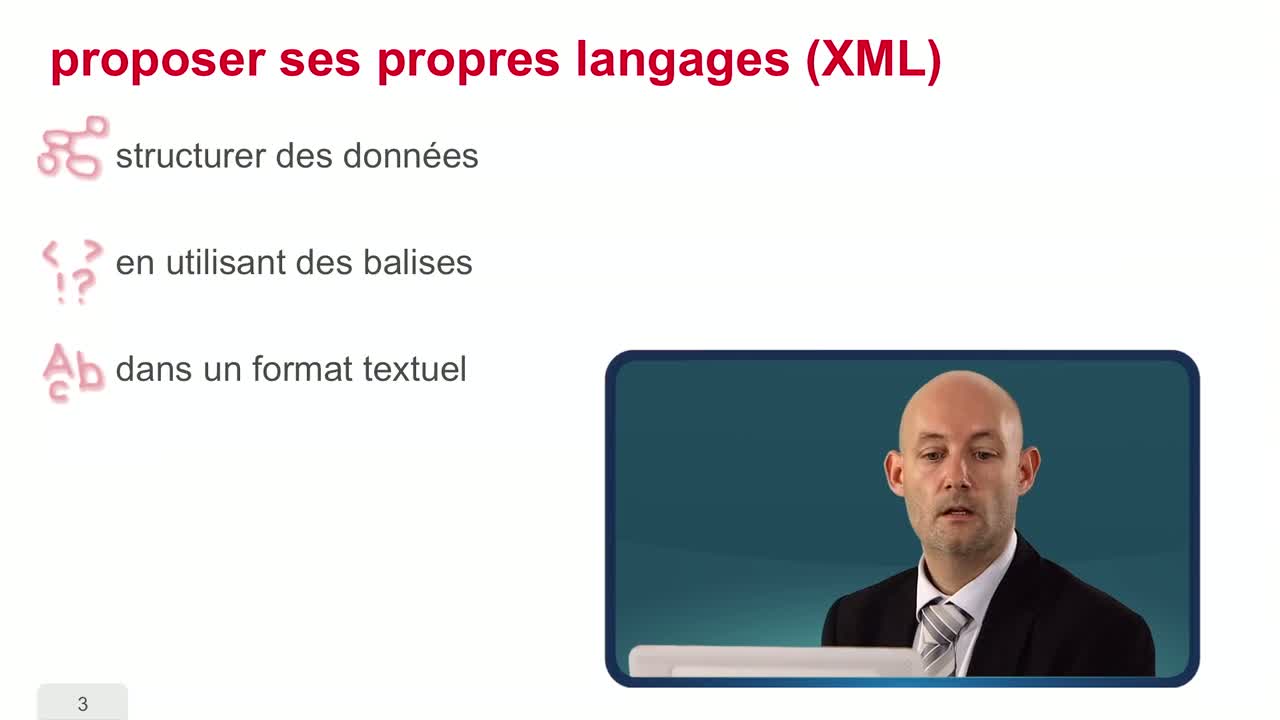










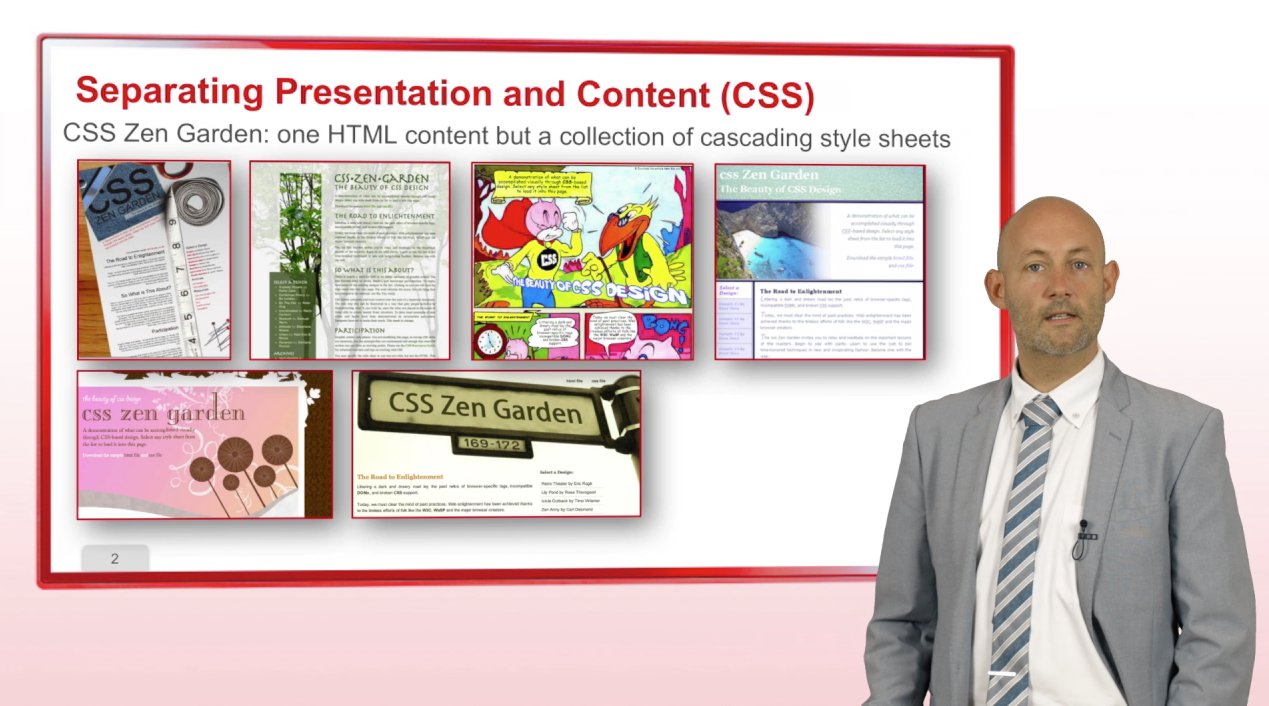
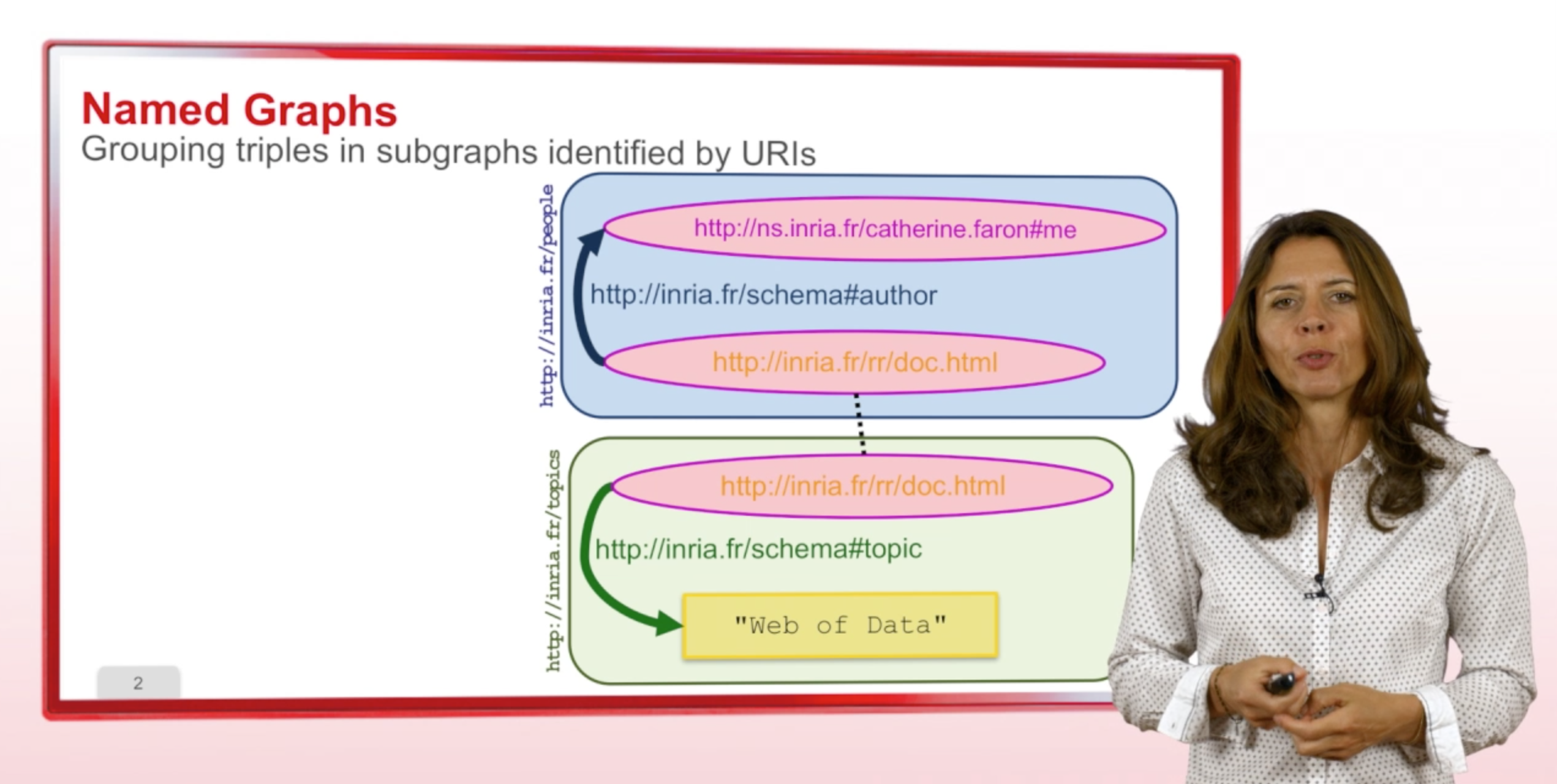

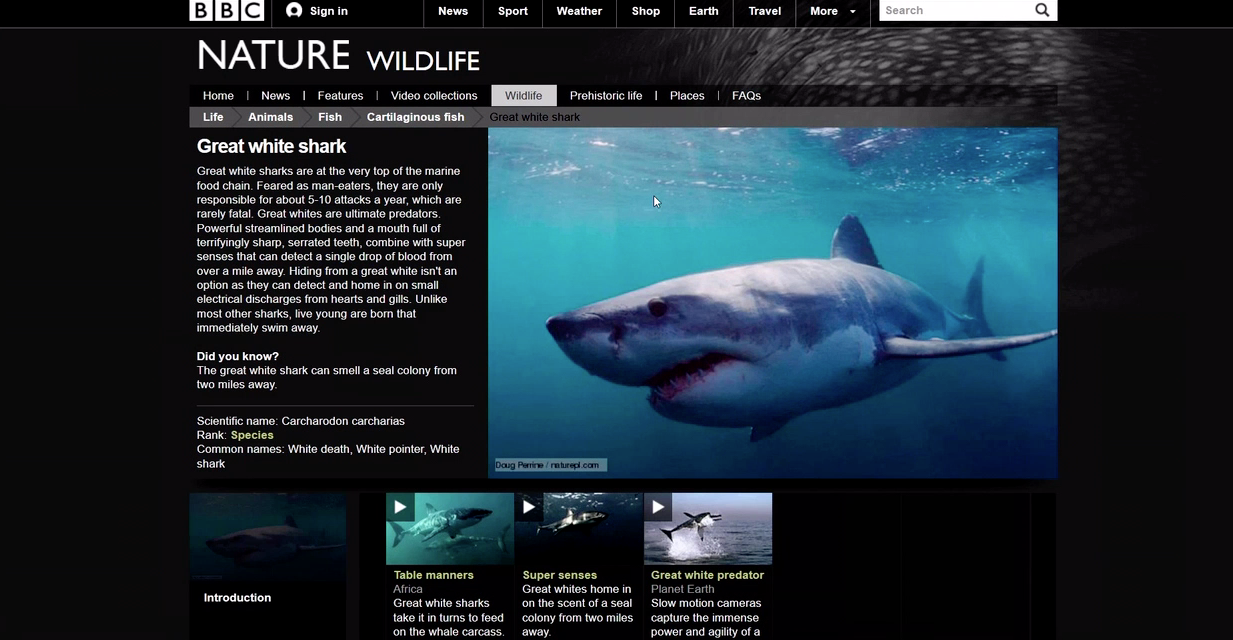

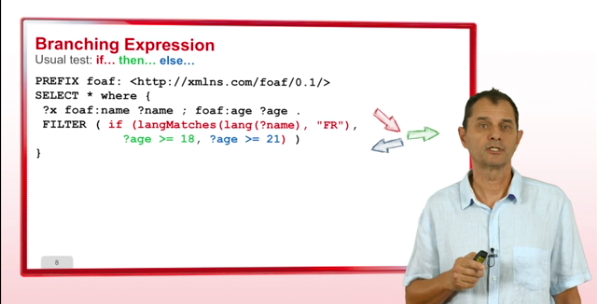
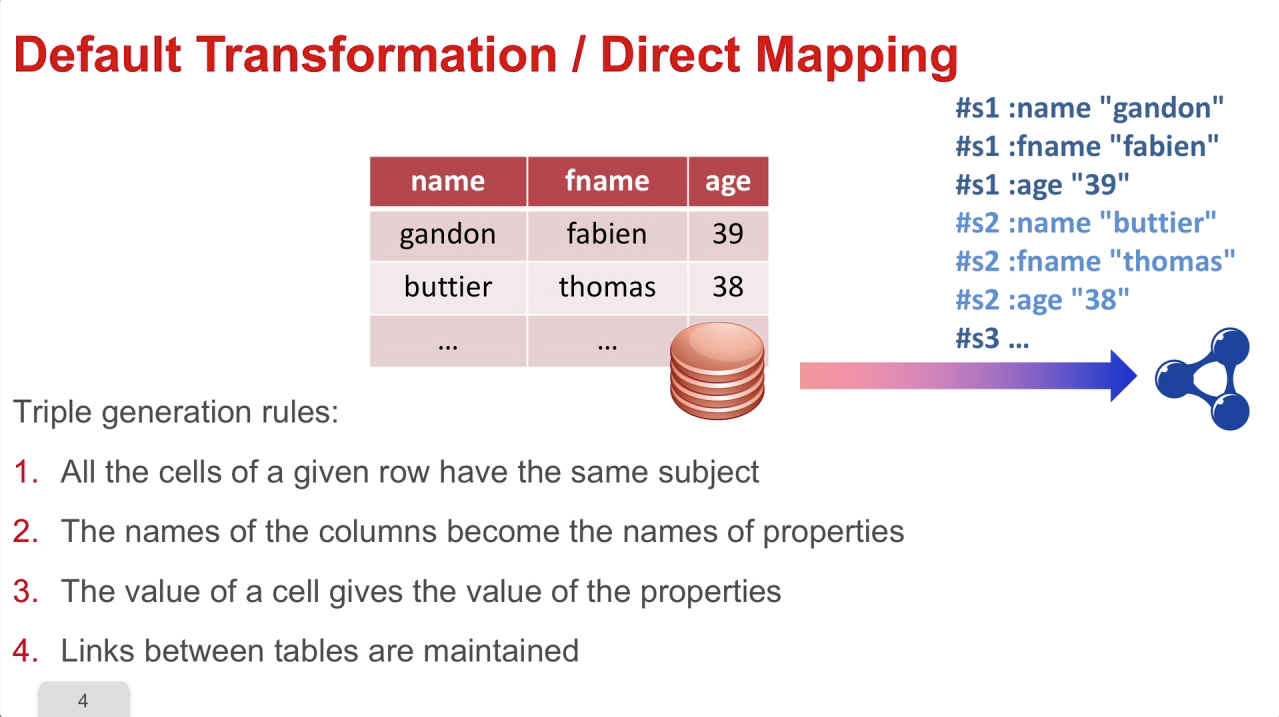
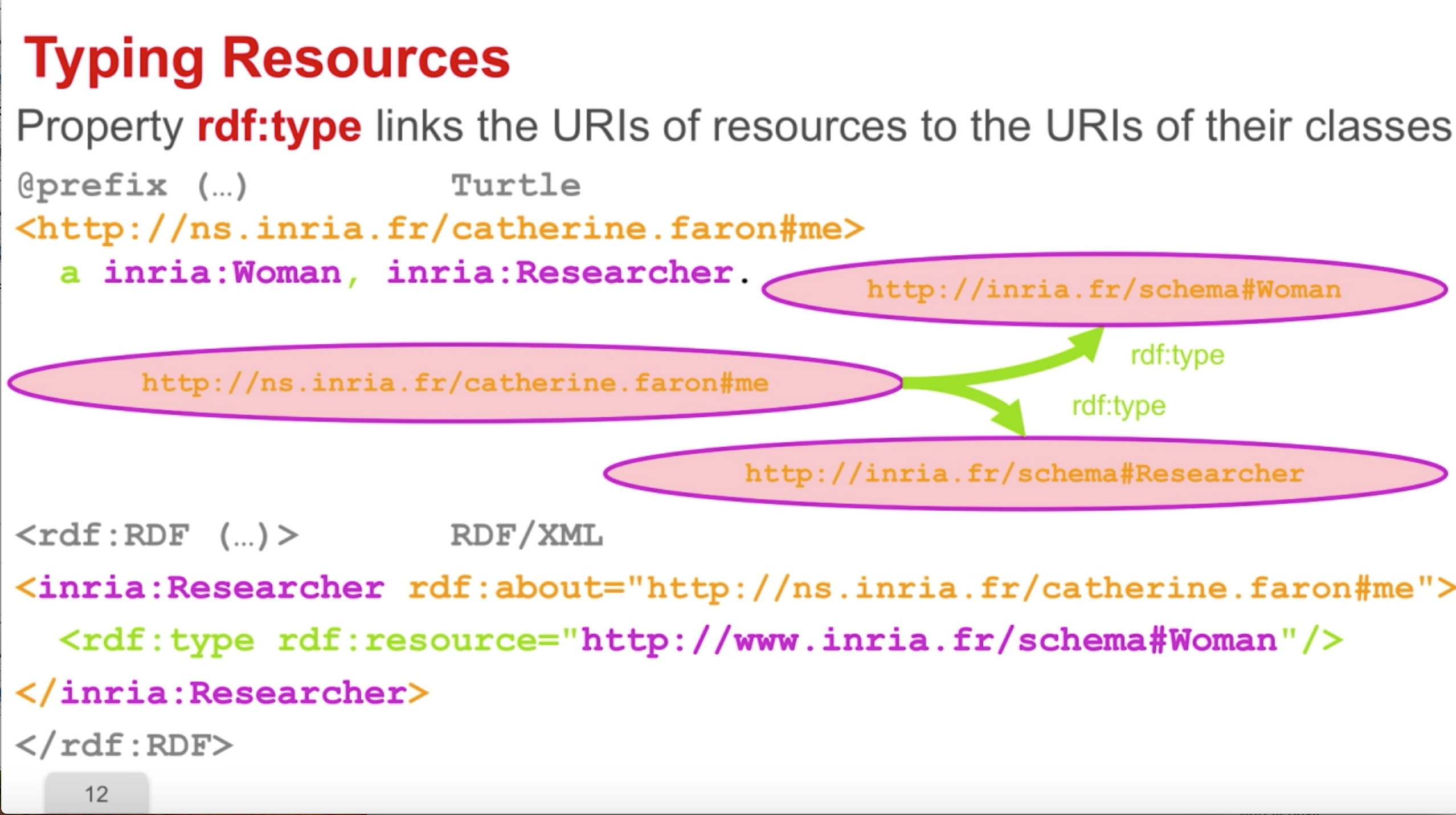
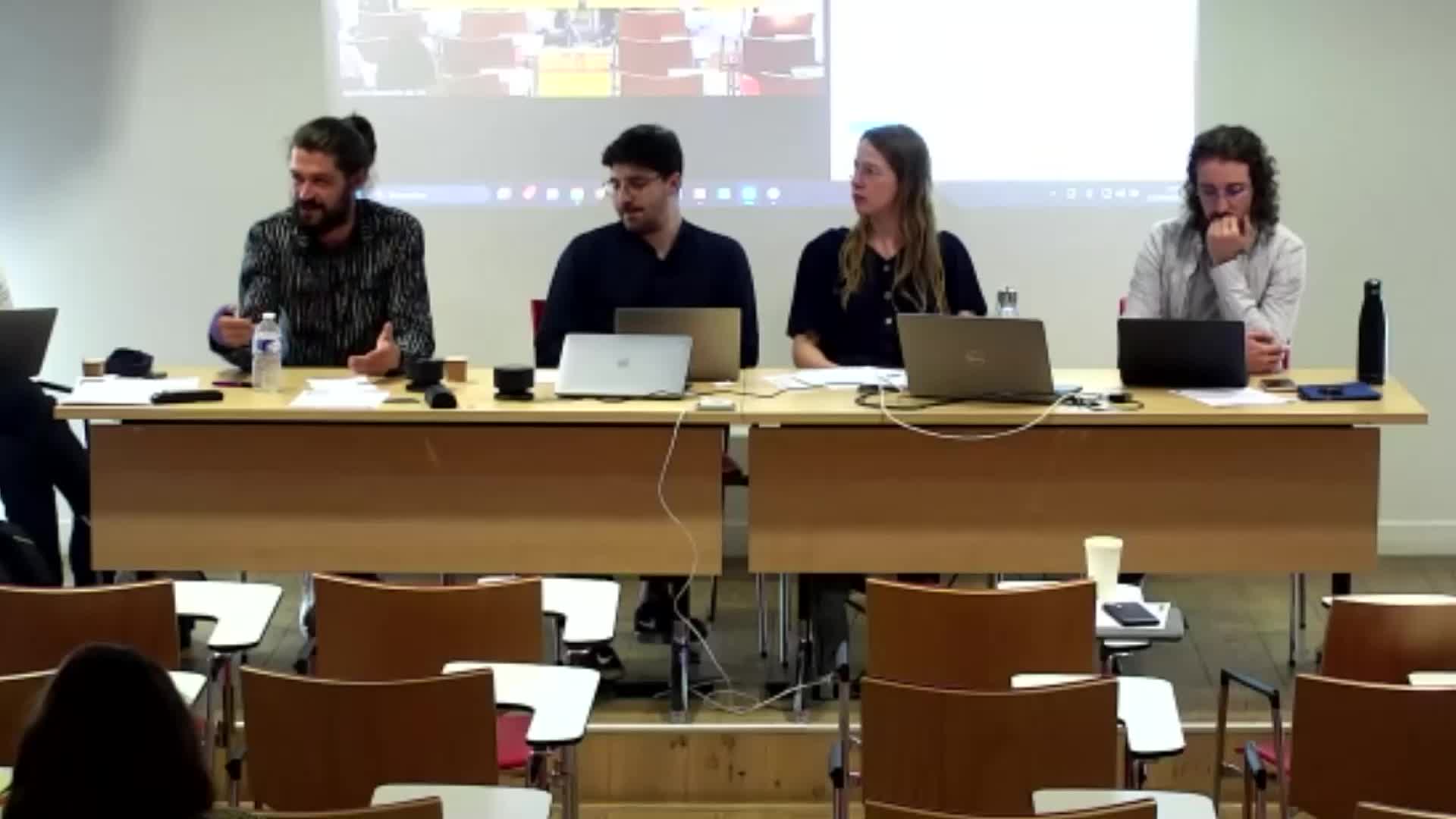
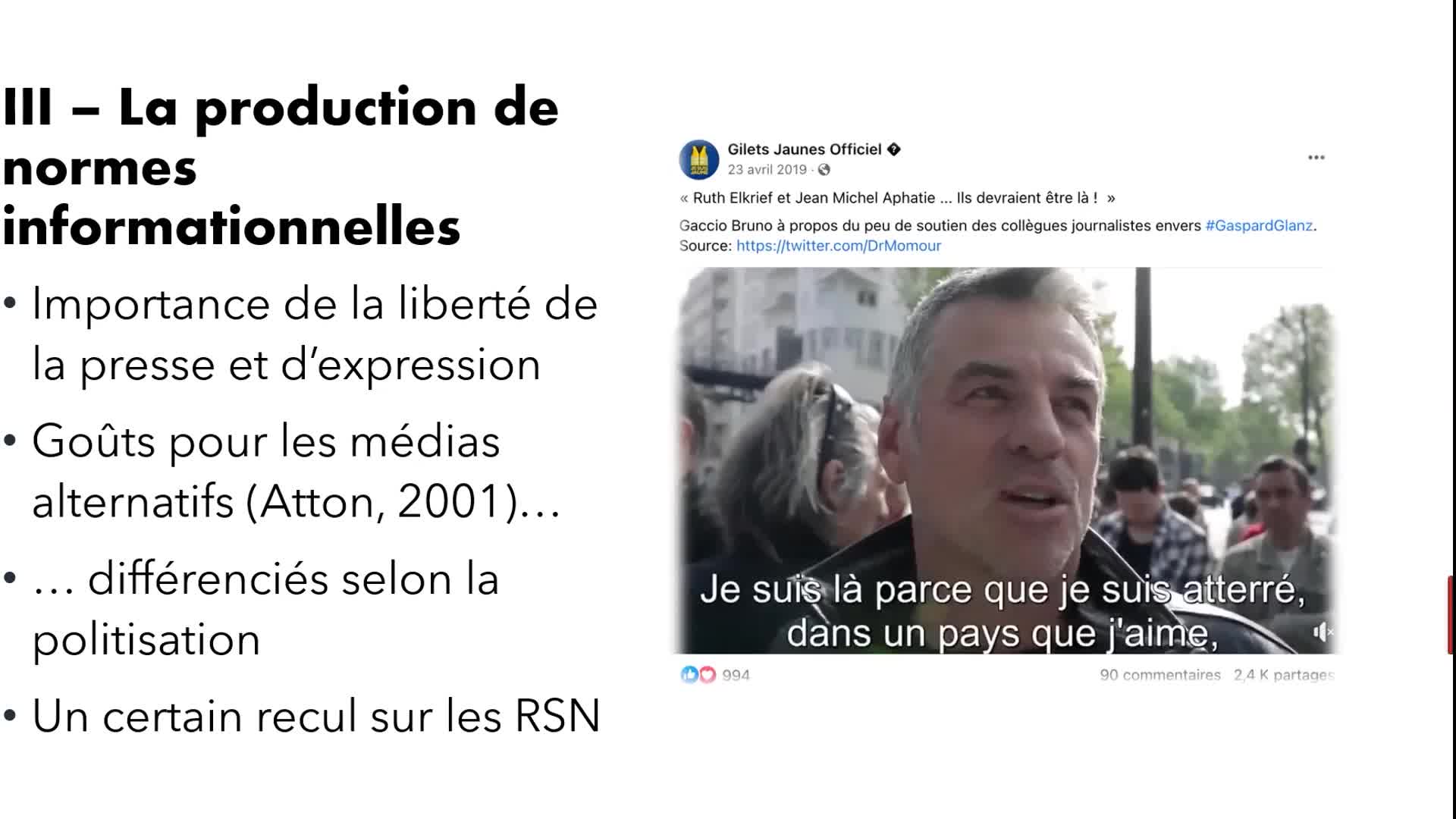
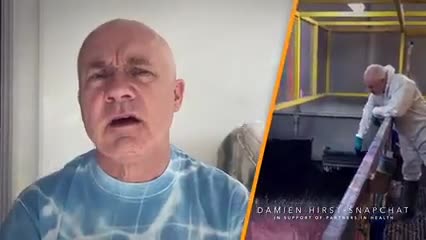
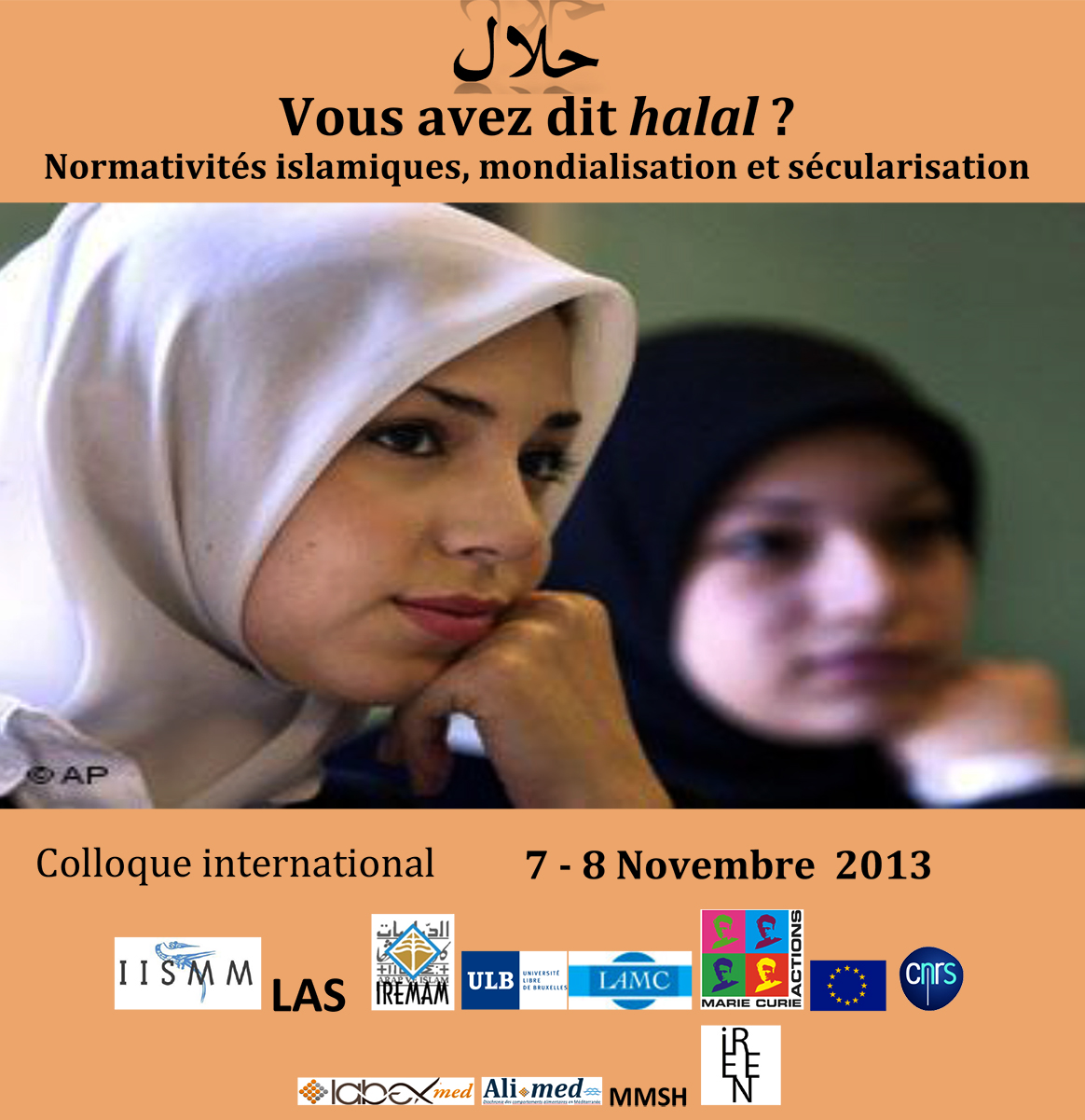
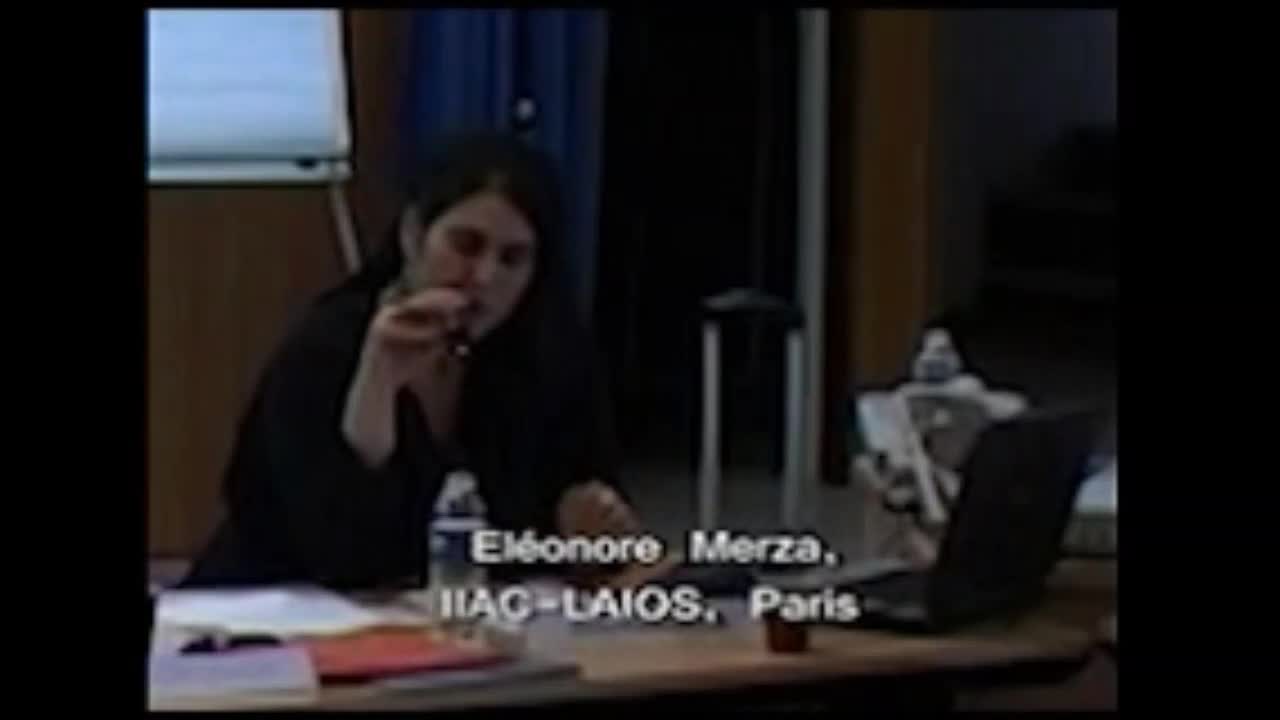
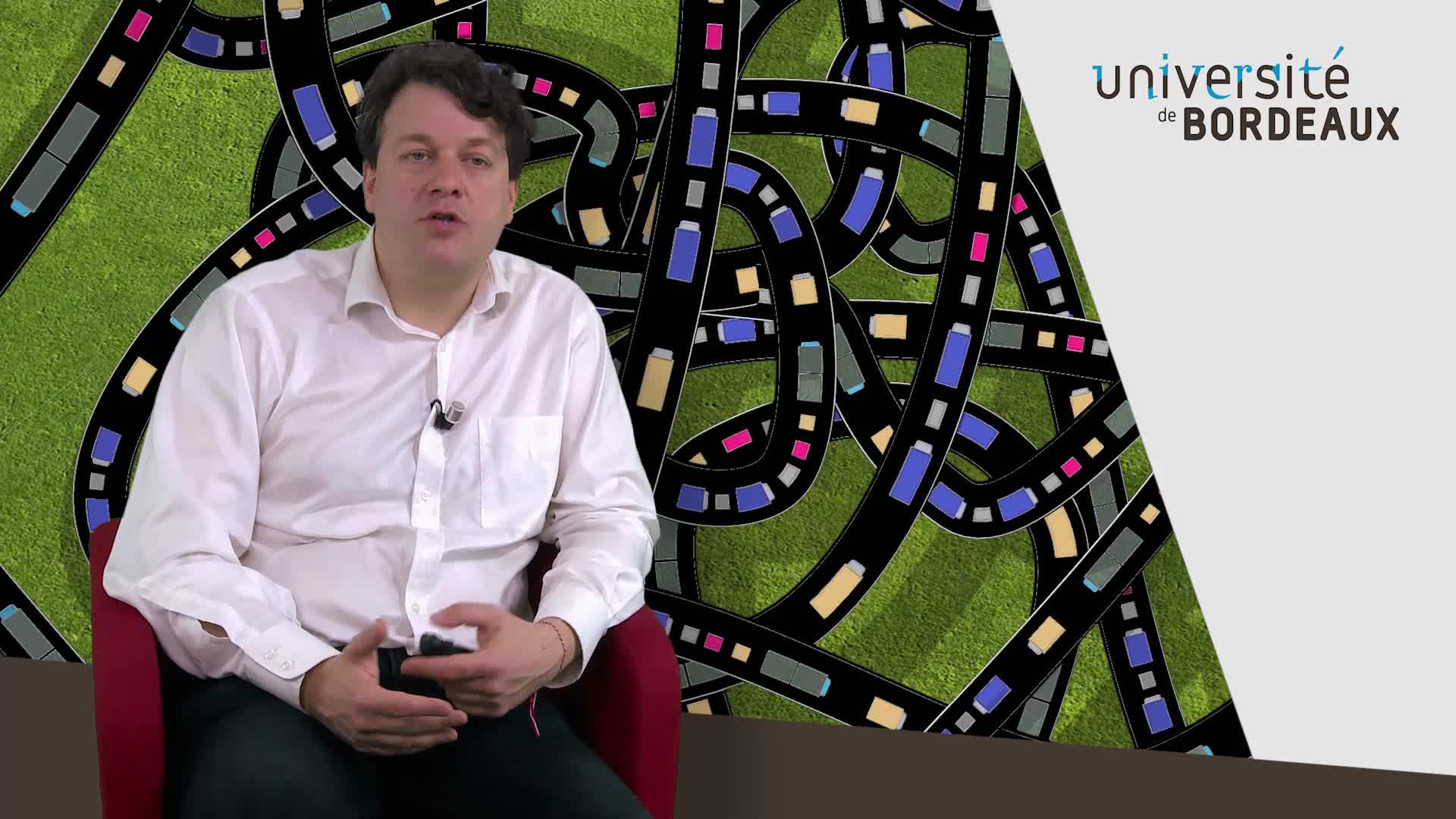
![[COLLOQUE] Festival de l’intelligence artificielle Avignon 2021 Présentation de La chaire LIA Avignon](https://vod.canal-u.tv/videos/media/images/universite_d_avignon_et_des_pays_de_vaucluse/.colloque.festival.de.l.intelligence.artificielle.avignon.2021.presentation.de.la.chaire.lia.avignon_64811/vignette.jpg)
![[COLLOQUE] FrenchTech Grande Provence & LIAvignon : L’IA de demain 2em partie](https://vod.canal-u.tv/videos/media/images/universite_d_avignon_et_des_pays_de_vaucluse/.colloque.frenchtech.grande.provence.liavignon.l.ia.de.demain.2em.partie_64819/vignette.jpg)
![[COLLOQUE] Festival de l’intelligence artificielle Avignon 2021 table ronde 2](https://vod.canal-u.tv/videos/media/images/universite_d_avignon_et_des_pays_de_vaucluse/.colloque.festival.de.l.intelligence.artificielle.avignon.2021.table.ronde.2_64807/vignette.jpg)
![[COLLOQUE] FrenchTech Grande Provence & LIAvignon : L’IA de demain](https://vod.canal-u.tv/videos/media/images/universite_d_avignon_et_des_pays_de_vaucluse/.colloque.frenchtech.grande.provence.liavignon.l.ia.de.demain_64813/vignette.jpg)
![[COLLOQUE] Festival de l’intelligence artificielle Avignon 2021 table ronde 1](https://vod.canal-u.tv/videos/media/images/universite_d_avignon_et_des_pays_de_vaucluse/.colloque.festival.de.l.intelligence.artificielle.avignon.2021_64135/vignette.jpg)
![[COLLOQUE] Festival de l’intelligence artificielle Avignon 2021 table ronde 3](https://vod.canal-u.tv/videos/media/images/universite_d_avignon_et_des_pays_de_vaucluse/.colloque.festival.de.l.intelligence.artificielle.avignon.2021.table.ronde.3_64809/vignette.jpg)